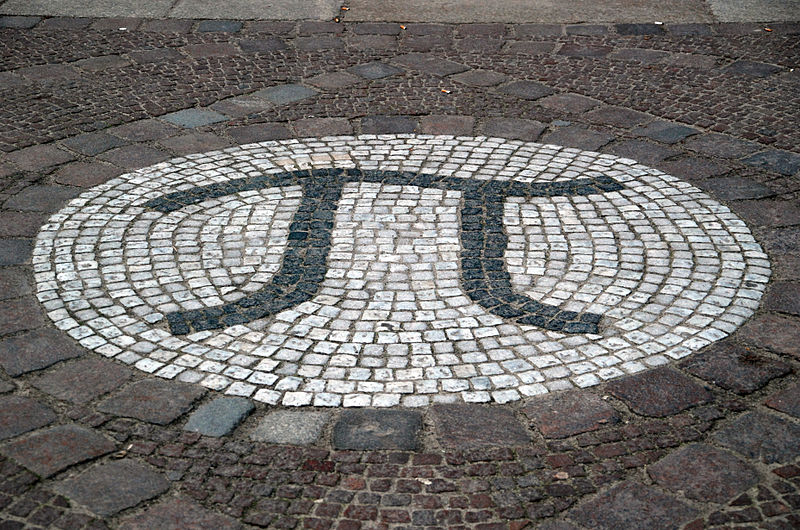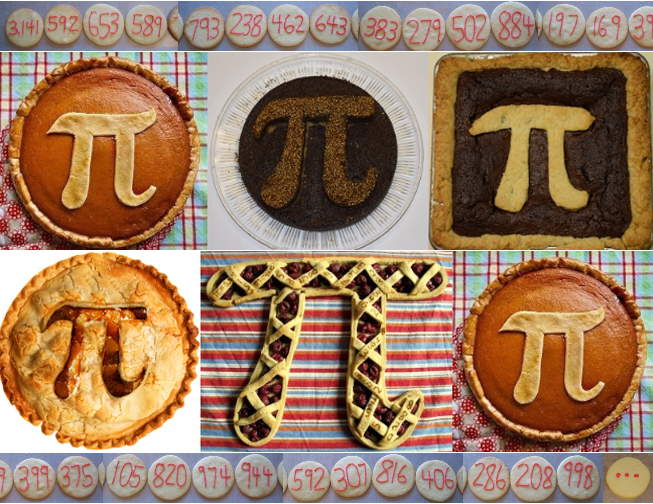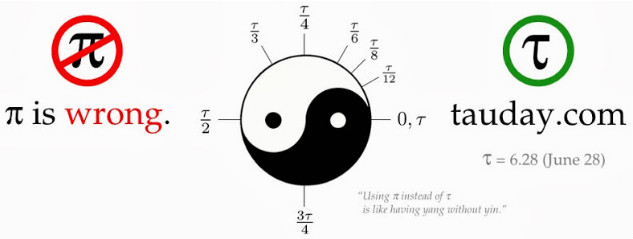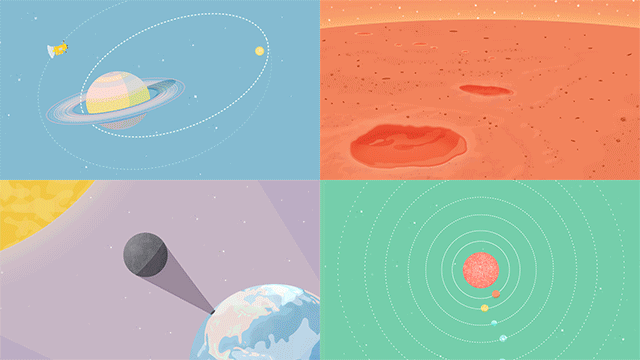
Even if math doesn’t rank high on your list of favorite subjects, chances are you still look forward to Pi Day. That’s because though the discussions may begin with Pi — the ratio of the circumference of a circle to its diameter — they invariably end with a piece or two of yummy pie! The event is commemorated on March 14 because though the irrational number (its decimal representation never ends and never repeats) has been calculated to over ten trillion digits, it is widely recognized as 3.14.
Now in its 29th year, Pi Day was started in 1988 by San Francisco’s Exploratorium Museum to acknowledge the importance of mathematics in our everyday lives. Given that March 14 is also Albert Einstein’s birthday makes the celebration extra special.

While the museum was the first to honor the mathematical constant, Pi Day is now widely recognized across the country. At the California Institute of Technology (Caltech) in Los Angeles, students celebrate the event at 1:59 am local time with a pie-eating party that features five varieties of 26 pies each. Though the precise time and number of pies may seem random, they all serve a purpose. Line up the 3.14 (date), 159 (time), 26 (#of pies), and 5 (# of varieties), in the right sequence and you will end up with 3.14159265, or the first nine digits of Pi!
The Massachusetts Institute of Technology (MIT) celebrates the event by letting prospective students know if they have a place at the institution. The e-mails are released at 6:28 pm EST in honor of Pi’s rival number Tau, which, as you may have guessed, is 6.28. The number, which is twice that of Pi, was first suggested in an article entitled “π is Wrong” by Bob Palais in 2001. The University of Utah professor argued π is confusing and therefore the wrong choice of circle constant. He instead suggested using an alternate constant equal to 2π, (or 6.283…). A few years later, Michael Hartl, a Ph.D. from Caltech published “The Tau Manifesto,” which made a similar case and even began a new celebration on June 28 (6/28) in honor of Tau.

The town of Princeton, New Jersey, where Albert Einstein lived from 1935 until his death in 1955, goes all out with a four-day celebration that begins on March 11. The activities range from pie eating contests to Einstein look-alike competitions, concerts, movie screenings and even a Pi-recitation challenge where the grand prize winner takes home a check of $314.15 USD.
Corporations get into the Pi Day spirit as well. In 2016, Pizza Hut collaborated with mathematician John H. Conway to stage a national Pi Day math contest. The winner was awarded 3.14 years of free pizzas. There is no word if the fast food chain plans to repeat the initiative this year, but be sure to keep an eye out.

For the fourth consecutive year, NASA’s Jet Propulsion Laboratory has created a Pi Day challenge featuring four math problems the agency’s scientists and engineers face in their quest to explore space. The Pi in the Sky Challenge, open to students grade six through high school, is designed to show the significance of Pi in the real world. The problems involve Mars craters, a total solar eclipse, a close encounter with Saturn, and the search for habitable worlds. Be sure check them out while noshing on a piece of delicious pie.
Though Pi Day celebrations are relatively new, the mathematical constant has been known to mankind for over 4,000 years. The ancient Babylonians were the first to calculate the area of a circle using three times the square of its radius, giving Pi the value of 3. They later got closer to the real number with an approximation of 3.124. Egyptian mathematicians overestimated the value slightly, arriving at a number of 3.165 in 1650 BC. Given that neither had even basic calculators at their disposal, the accuracy was certainly impressive! Greek mathematician Archimedes of Syracuse was the first person to calculate Pi mathematically. However, the scholar was smart enough to realize that his number was an approximation and concluded that Pi could vary between 3 1/7 and 3 10/71. Who knew math could be so much fun?
Happy Pi Day!
Resources: now.msn.com,exploratorium.edu, time.com, npr.com